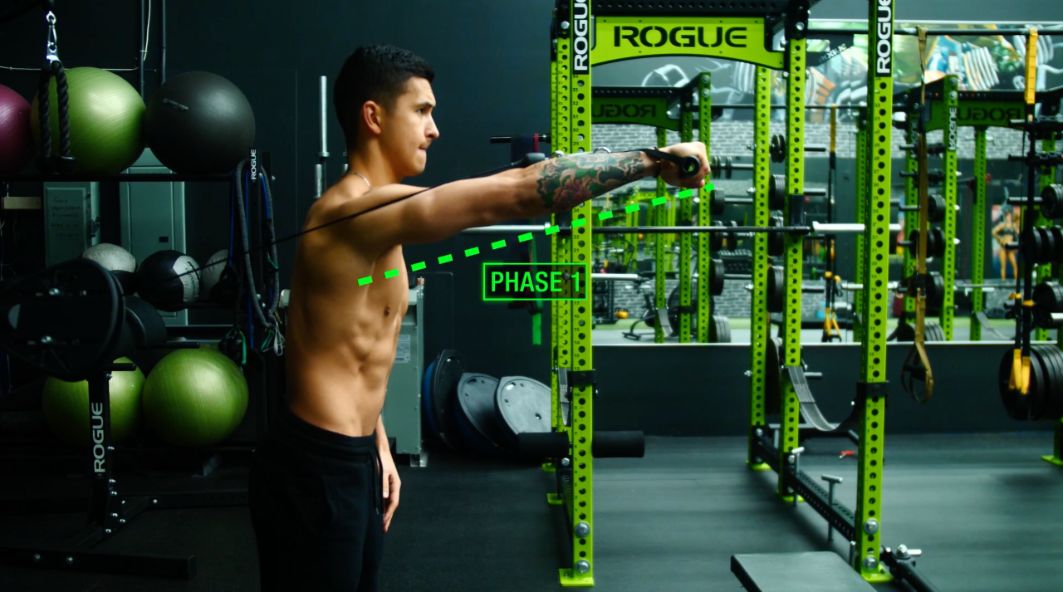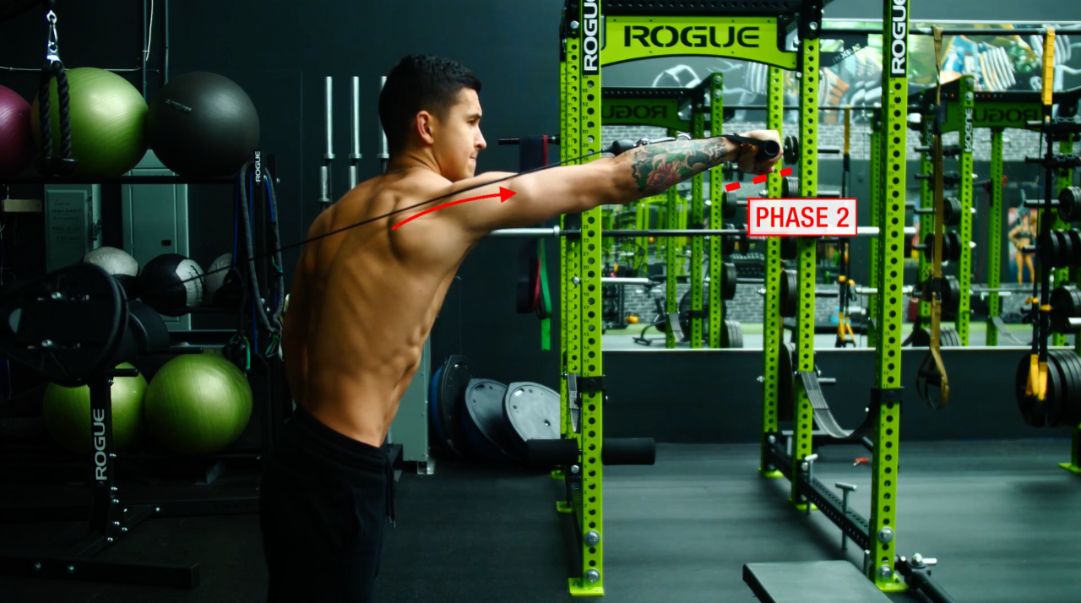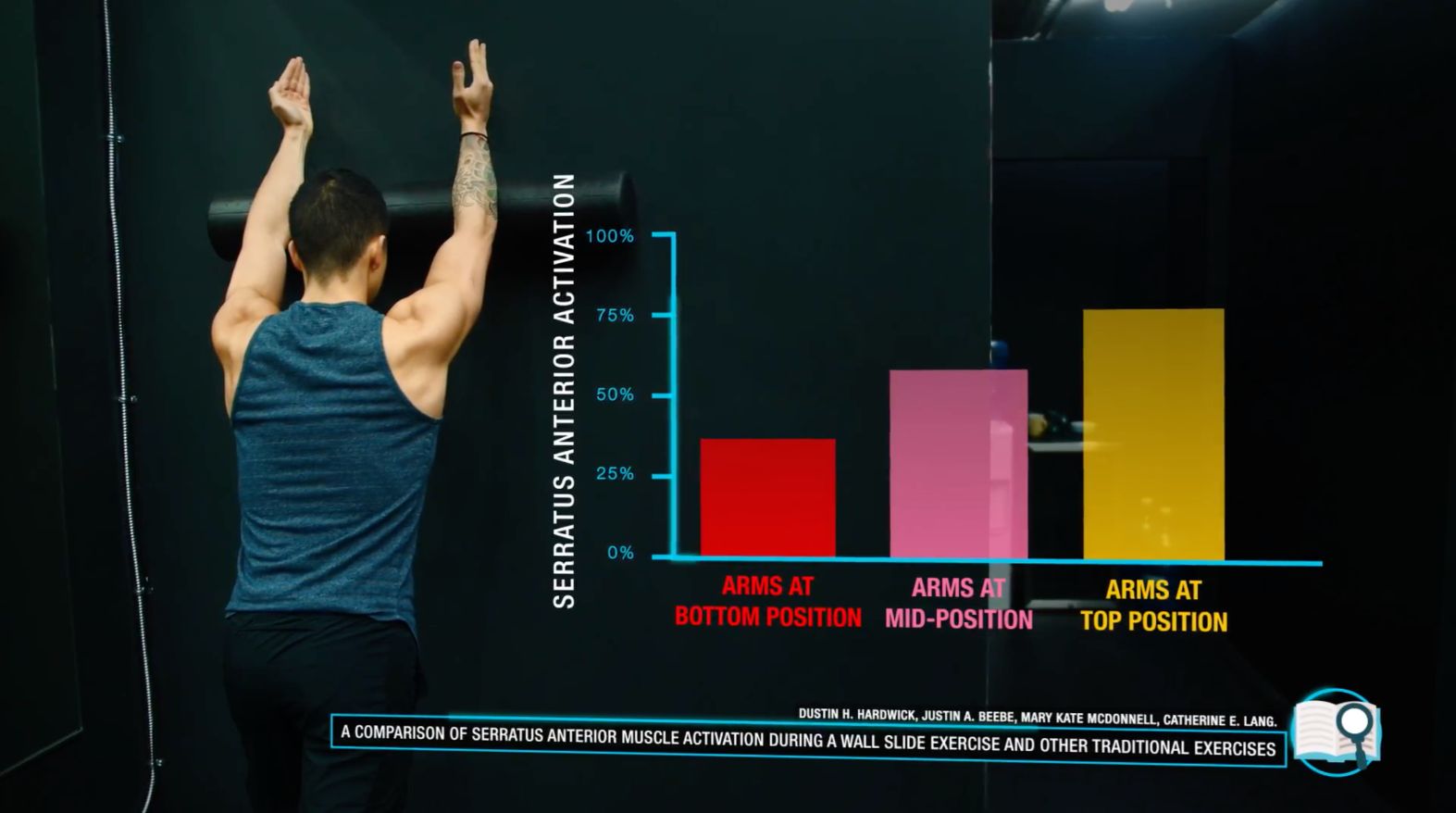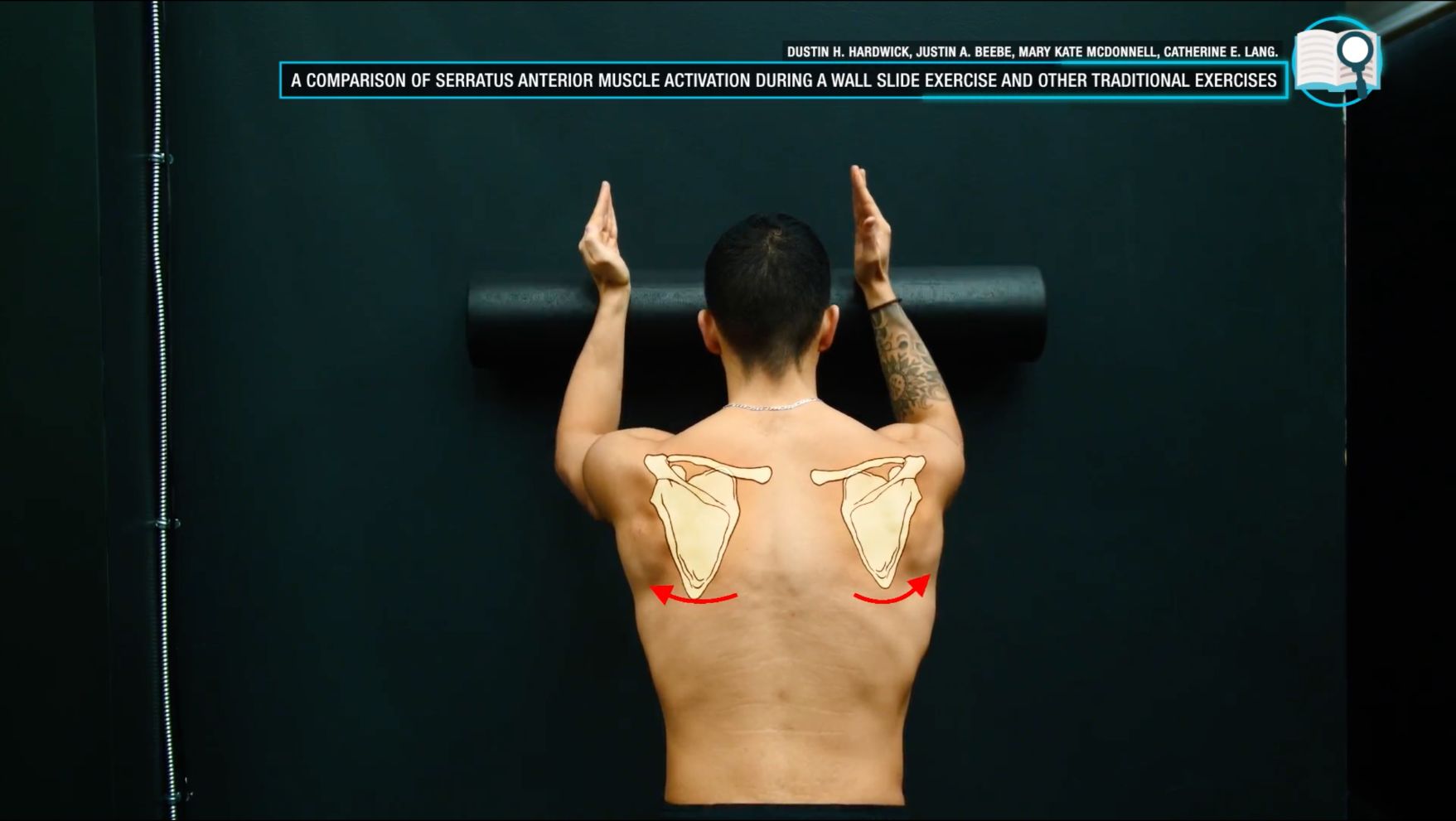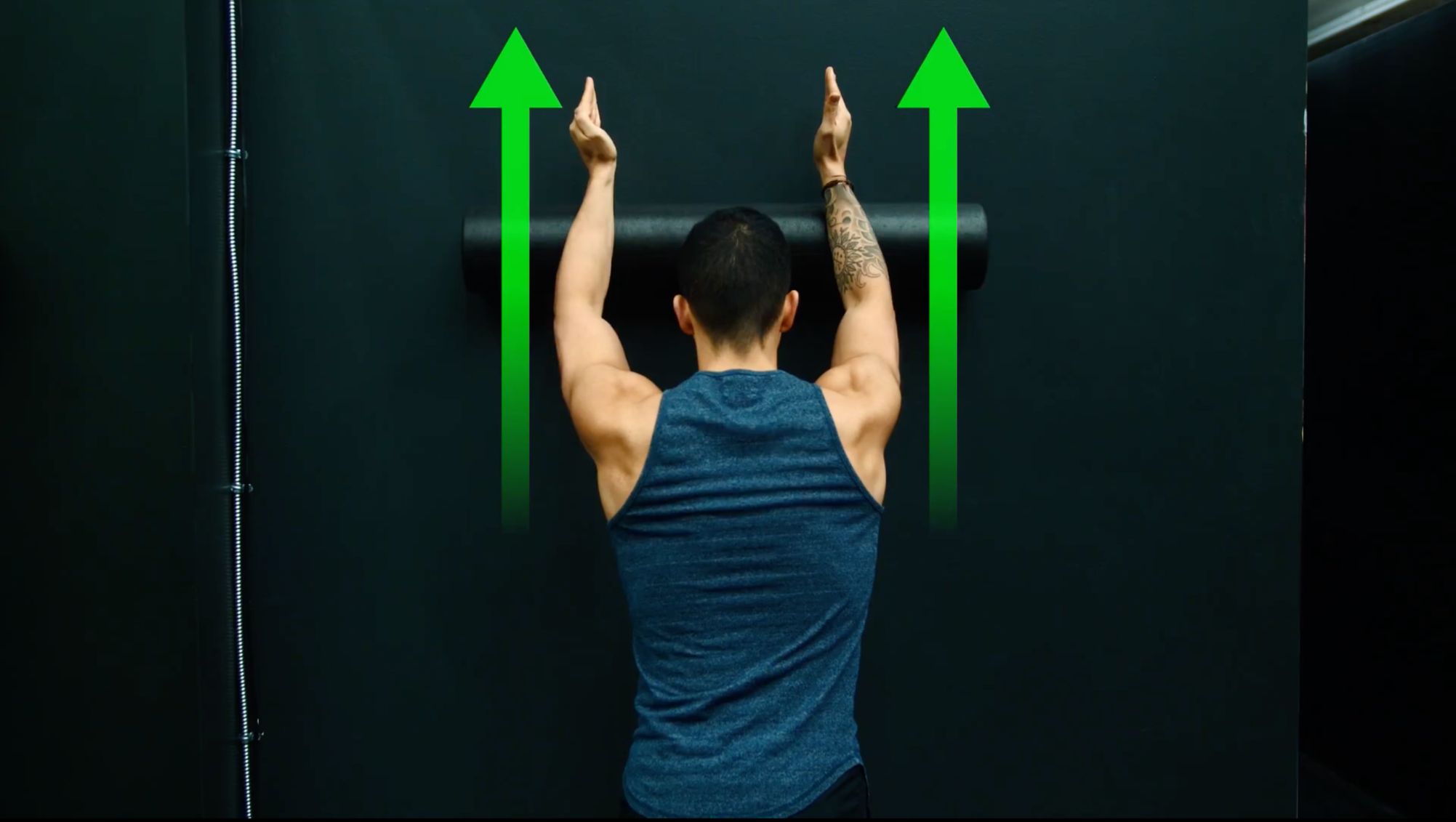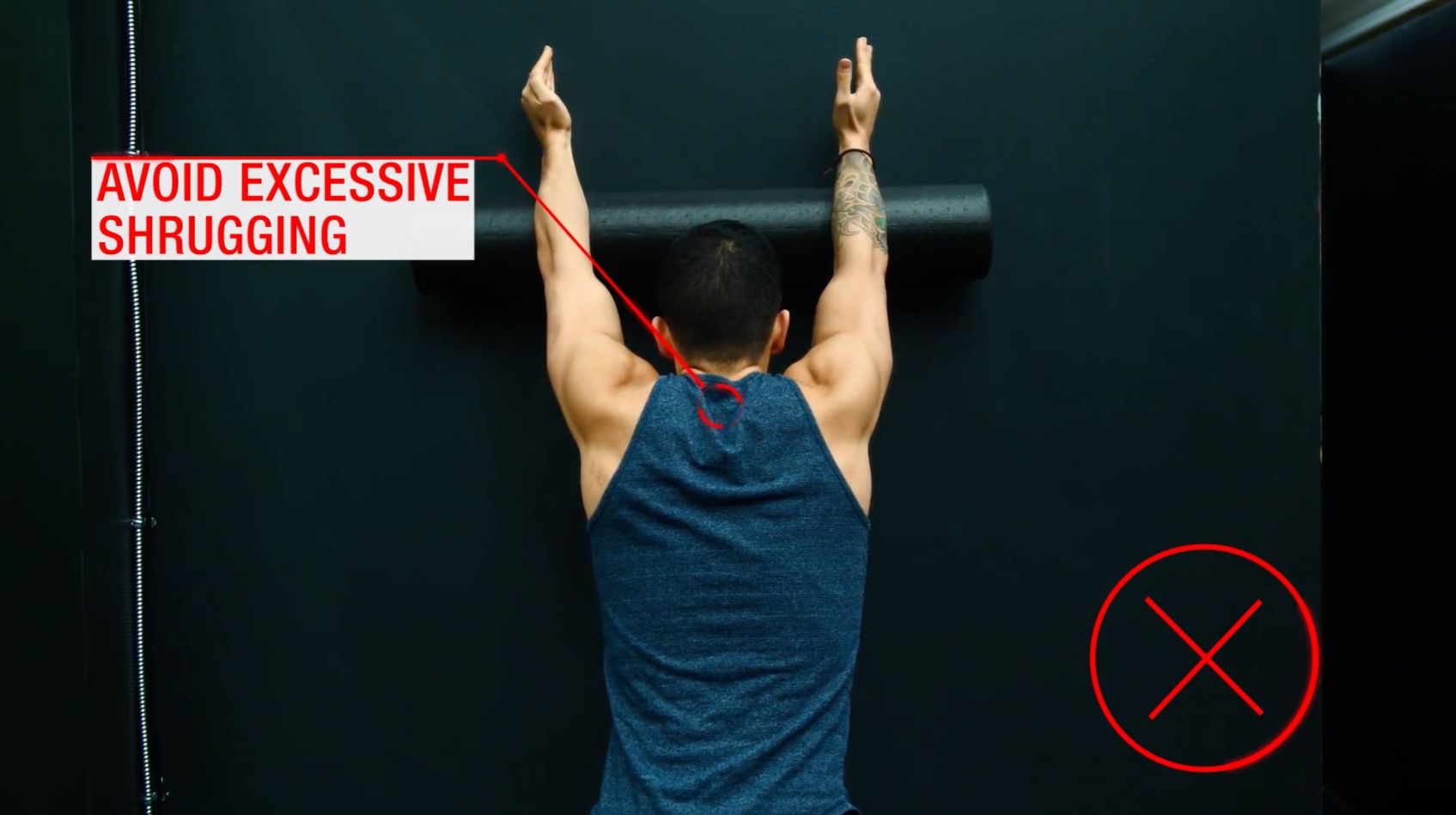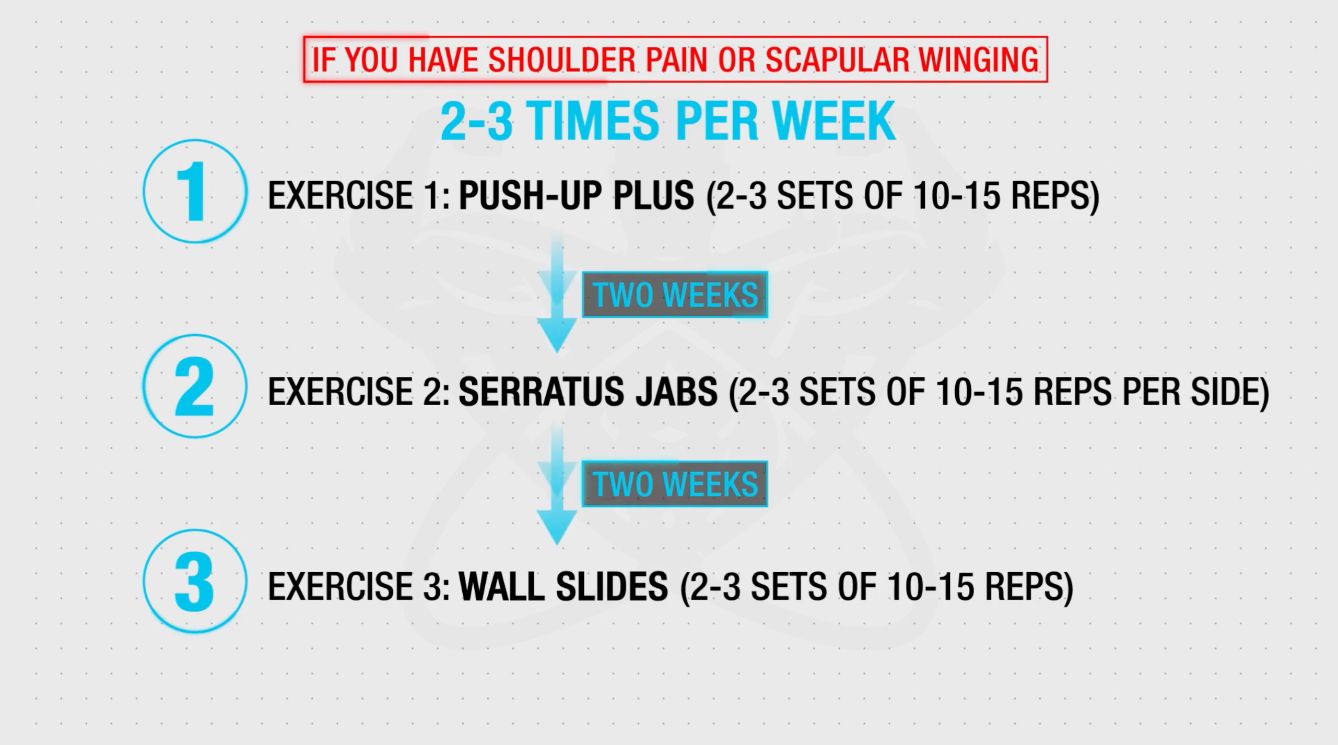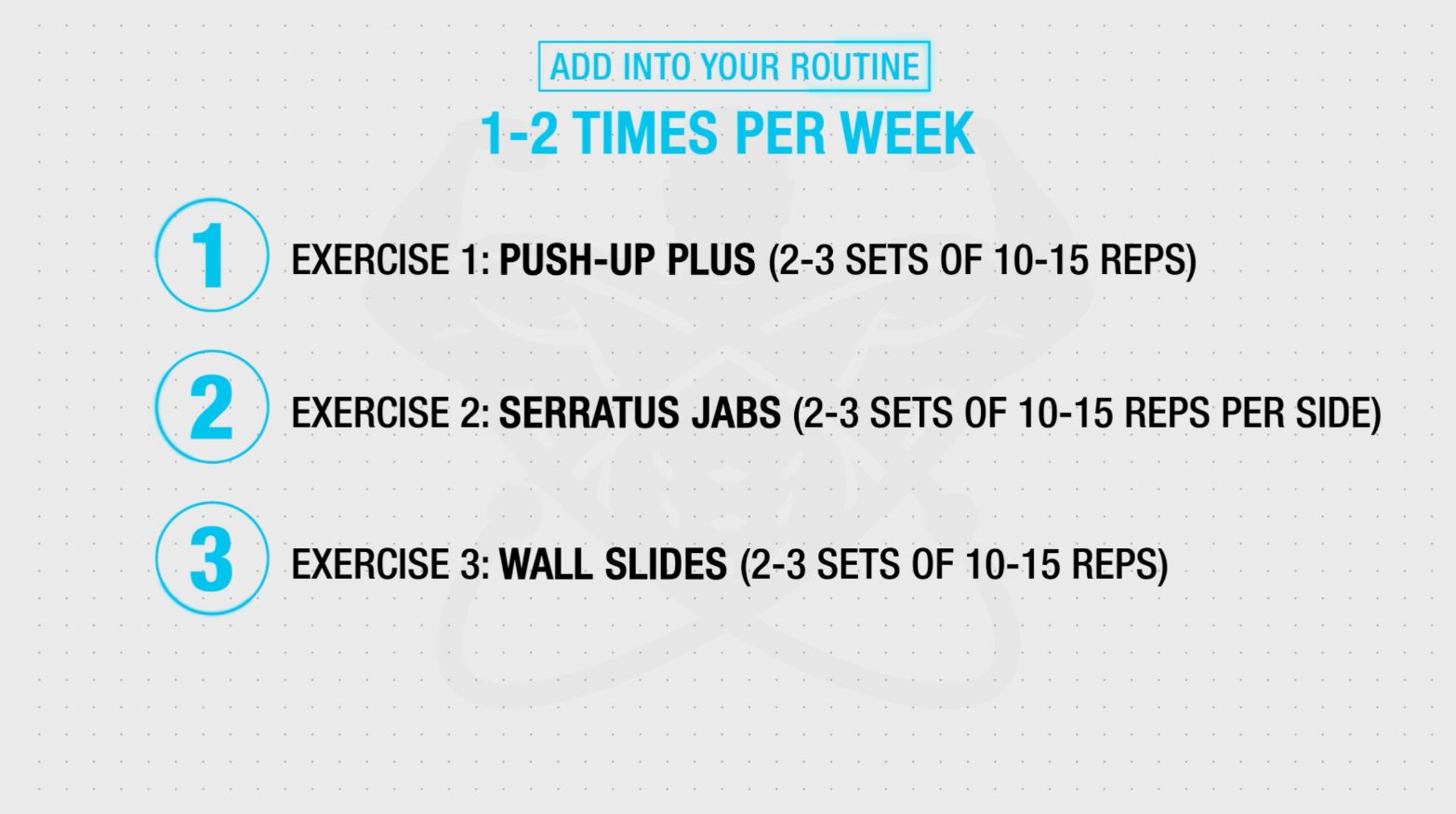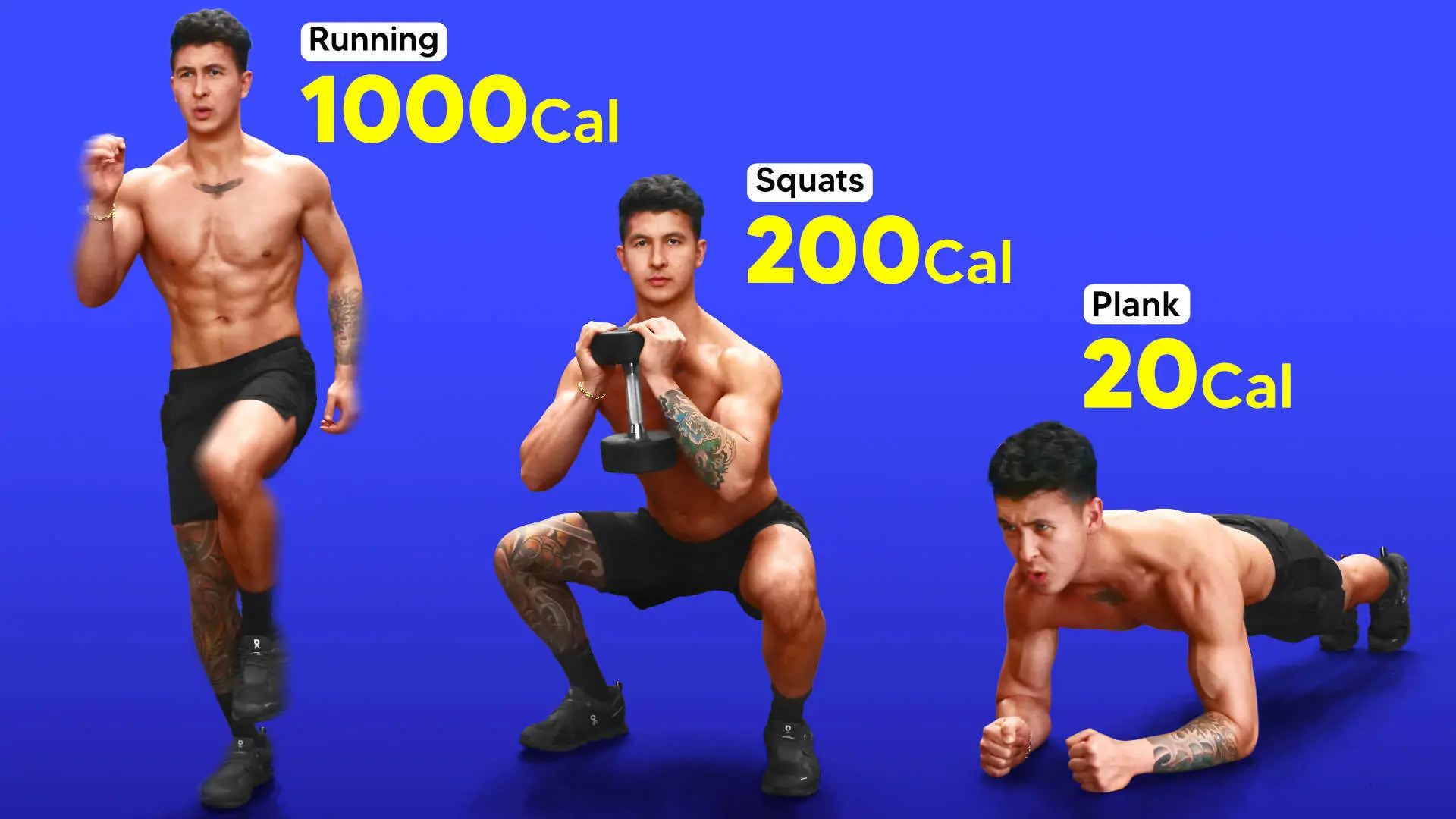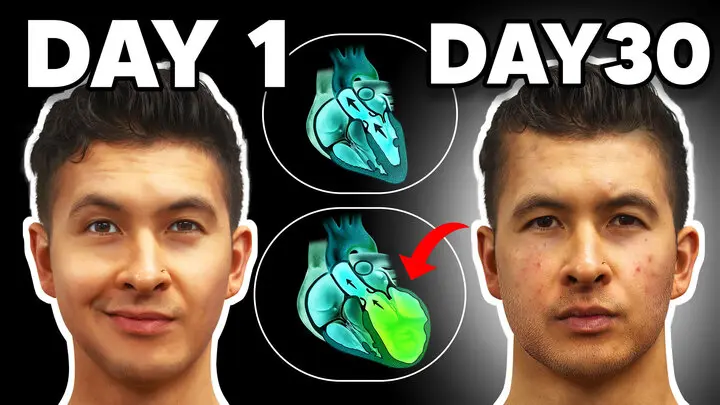How To “Sculpt” Your Serratus Anterior (The Most Forgotten Core Muscle)
The serratus anterior is one of the most overlooked muscles of the body. Most of you reading likely don't know what this muscle is. Not to mention, what it’s responsible for doing. But given how important this muscle is, this is problematic.
So, the serratus anterior is a fan-shaped muscle that’s located on each of your sides. It's situated right on top of the ribs. And the serratus anterior functions mainly to protract your shoulder-blades. For example, when you punch.
But it also assists in rotating the scapula upwards when you move your arms overhead, for example. Now, the serratus anterior muscle plays a role in improving the aesthetics of your core. As you can see below, it helps complete the look of a shredded, well-developed midsection.
But perhaps, more importantly, are the various movement functions that it's responsible for. Since this muscle actually attaches to the shoulder blade, it plays a critical role in stabilizing and facilitating the proper movement of our scapula. So, anytime we raise our arms up, for example. Whether you’re performing a pressing movement in the gym or just simply reaching to grab something overhead.
An important note before we begin: there are several of these overlooked, smaller muscle groups that are crucial for a well-developed, optimally-functioning physique. That's why I’ve designed each and every program available on BWS to help develop your physique in an all-rounded way (targeting ALL these crucial muscle groups) so you achieve your fitness goals safely – and in the most time-efficient way possible. If you’re interested, then:
Click the button below to take my analysis quiz to discover the best program for you:
↓
Weak Serratus Anterior Muscles Can Lead To Various Dysfunctions
Multiple papers (here, here) have shown is that when this muscle becomes weakened or fails to properly activate, it can lead to unwanted movement within the shoulder joint and the shoulder blades. And this then creates various dysfunctions, such as:
- A forward rounded posture (Read my previous article: How To Fix Rounded Shoulder In 10 Min)
- The common sticking out and winging of the scapula
- Eventual injuries such as a rotator cuff tear or shoulder impingement, for example (Read my previous article: Top 3 Rotator Cuff Exercises to find out how to prevent shoulder impingement)
And unfortunately, given that the bulk of most people’s exercises in the gym involve pressing movements where the shoulder blades are retracted and pressed against a bench where the shoulder blade can’t move freely, the serratus anterior gets under-stimulated over time. And essentially becomes dormant as a result.
So to mitigate this, in this video I’ll show you 3 of the best serratus anterior exercises that you can incorporate to develop this muscle group. And to get them to start firing properly.
Exercise 1: Push-up Plus
The first exercise we’re going to start with is the push-up plus. This particular exercise will emphasize the protraction function of the serratus anterior. Now, research has indicated that regular push-ups on their own already activate the serratus anterior to quite a high degree. And that's really because the shoulder blade is allowed to move freely.
The "Plus" Component Increases Activation Of The Serratus Anterior
But by performing a “plus” component, where you:
- Protract your shoulder blades at the top of the pushup position by pushing your hands into the ground, and
- Slightly rounding your upper back,
The activation of the serratus anterior increases by about an additional 50%. And that is a very high degree of activation for this muscle when compared to other exercises designed to train it.
Not only that, though. Research has also indicated that of all the serratus anterior exercises, the push-up plus elicits the lowest upper trap to the serratus anterior activation ratio.
Meaning that it better activates the serratus anterior while minimizing the activation of the upper traps. And this is important because most people with a weak serratus anterior can’t properly activate it in the first place. So, what they'll typically do is to overcompensate with their upper traps.
And to boost the activation of this exercise even further, you can externally rotate your shoulders as you perform it. You can do so by twisting your hands outward during your setup.
That's because as two EMG analyses (here, here) have shown, this modification leads to significantly greater serratus anterior activation than the standard grip.
But There's A Downside To The Push-up Plus
However, there is a downside with this exercise that we need to accommodate for. And the downside is that this exercise activates the serratus anterior in a fixed arm position at 90 degrees.
Because research has shown that the serratus anterior becomes more involved and better activated as your arm angle is elevated to a greater degree above your shoulder. And that's because doing so will now incorporate this muscle’s other function: the upward rotation of the scapula.
So, while the push-up plus is a great exercise to get the serratus anterior firing with minimal compensation from other muscles like the upper traps, we’ll want to then move onto something called serratus jabs. Why?
Well, because research has indicated that the exercise elicits high EMG activity of the serratus anterior. And also accomplishes what the push-up plus doesn’t: incorporate both protraction and upward rotation of the scapula. Not only that, though. The serratus jabs also accomplishes this in a more functional manner that can then better carry over into the various overhead lifts you perform in the gym.
Exercise 2: Serratus Jabs
To maximize the effectiveness of the serratus jabs exercise, there are a few setup and execution tips to take note of.
To start, set up the resistance by either using a band looped around a fixture or a cable system. Make sure to set it up at a low angle such that your arm can travel upwards as you punch to promote upward rotation of the scapula.
Then, get into the starting position with your arm by your side.
And all you’re going to do now is perform an upward punching motion. This motion can then be broken down into 2 distinct phases.
Phase 1 simply involves you punching forward.
And then phase 2 involves the active protraction of your scapula at the end of the punch.
So, similar to the “plus” in the push-up plus we did, you simply want to reach out as far as you can at the end of your punch. You can do so by thinking about bringing that shoulder-blade around you. This subtle movement is what will enable you to fully activate that serratus anterior through the protraction of your shoulder blade.
Then, come back to the starting position with your elbow stopping by your side. And then repeat the movement.
And for this exercise, just like any other movement, you’ll want to gradually increase the repetitions and/or weight used to continue to further develop your serratus anterior as it gets stronger over time.
Exercise 3: Wall Slides w/ Foam Roller
Now the last exercise when it comes to how to strengthen the serratus anterior is wall slides, an exercise previously mentioned in my article on how you can fix common muscle imbalances. That's because research has cited it to be one of the best exercises at activating the serratus anterior.
And it is especially useful since it involves even greater arm elevation than the previous exercises. Meaning that it helps strengthen the serratus anterior in overhead positions, which will again more effectively carryover to your overhead lifts. And can help with the common symptom of shoulder pain when the arm gets in overhead positions.
How To Perform Wall Slides
Now to perform this exercise:
- Place a long foam roller against a wall at about eye level
- Assume a staggered stance in front of the wall
- Place your hands on the foam roller slightly wider than shoulder-width apart
- Before you slide your arms up, protract your shoulder blades. You can do so by lightly pushing away from the wall and slightly rounding that upper back.
- Then, slowly slide your arms up overhead into a Y-position and then back down. Remember to keep your core tight and your shoulder blades in that protracted position you initiated in the beginning.
A helpful cue that researchers have used with their subjects to boost activation, is to think about “bringing your shoulder blades out and around you as you slide up the wall.” This will then further help you with keeping your shoulder blades protracted.
And during each rep, you should feel a stronger and stronger contraction in the serratus anterior as your arms move upward along the wall. That's because research shows that its activation in this exercise increases as the arms move further up the wall, where more upward rotation of the scapular occurs.
But at the same time, you want to avoid shrugging your traps up excessively and letting the upper traps takeover. This will hinder the activation you get from the serratus anterior.
And to progress this exercise over time, you can simply stand further out from the wall and lean into the foam roller more. Doing so will provide a greater challenge for the serratus anterior to maintain the various cues we covered as you raise your arms overhead.
Still struggling to get the execution of the wall slides right? I understand how frustrating it can be. That’s why I built the 3-on-1 coaching, so you get the necessary guidance. My team of experts – and I – will personally see that you perform every exercise as they’re meant to. To find out more:
Click the button below to find out more about the 3-on-1 coaching program:
↓
Serratus Anterior Workout Action Plan
Now in order to then properly implement these serratus anterior strengthening exercises into your routine, here’s what I’d recommend.
If You Currently Experience Shoulder/ Serratus Anterior Pain Or Scapular Winging
Here, what you’ll want to do is progress from exercise 1 to exercise 2 to then to exercise 3. That's because the overhead demands increase throughout each of these exercises. So start by first performing the push-up plus 2-3 times a week. Then transition to the serratus jab after a couple of weeks, and then finally to the wall slides again after a couple of weeks if you can do them pain-free and with the proper form I went through.
If You Don't Experience Any Form Of Pain Currently
Otherwise, if there’s no pain and you simply want to better target this muscle to ensure it doesn’t get weakened or lag behind overtime, simply throw in a couple of sets of each of these exercises 1-2 times per week into your current ab workouts. Or after your main workouts, for example. Doing so will not only drastically improve the look of your midsection, but will also have a host of benefits in terms of improving your overhead stability, strength, and long term shoulder health.
So I hope you were able to see that it’s the often-overlooked muscles like the serratus anterior that not only contributes to a better-looking physique but also a more stable and functional body.
And for a step-by-step science-based program that shows you how to train all of these key muscles within your weekly routine, such that you can lean down and improve your muscle definition in the most effective way possible:
Click the button below to take my analysis quiz to discover the best program for you:
↓
I hope you enjoyed this article! Don’t forget to give me a follow and connect with me on Instagram, Facebook, and Youtube as well, in order to stay up to date with my content.



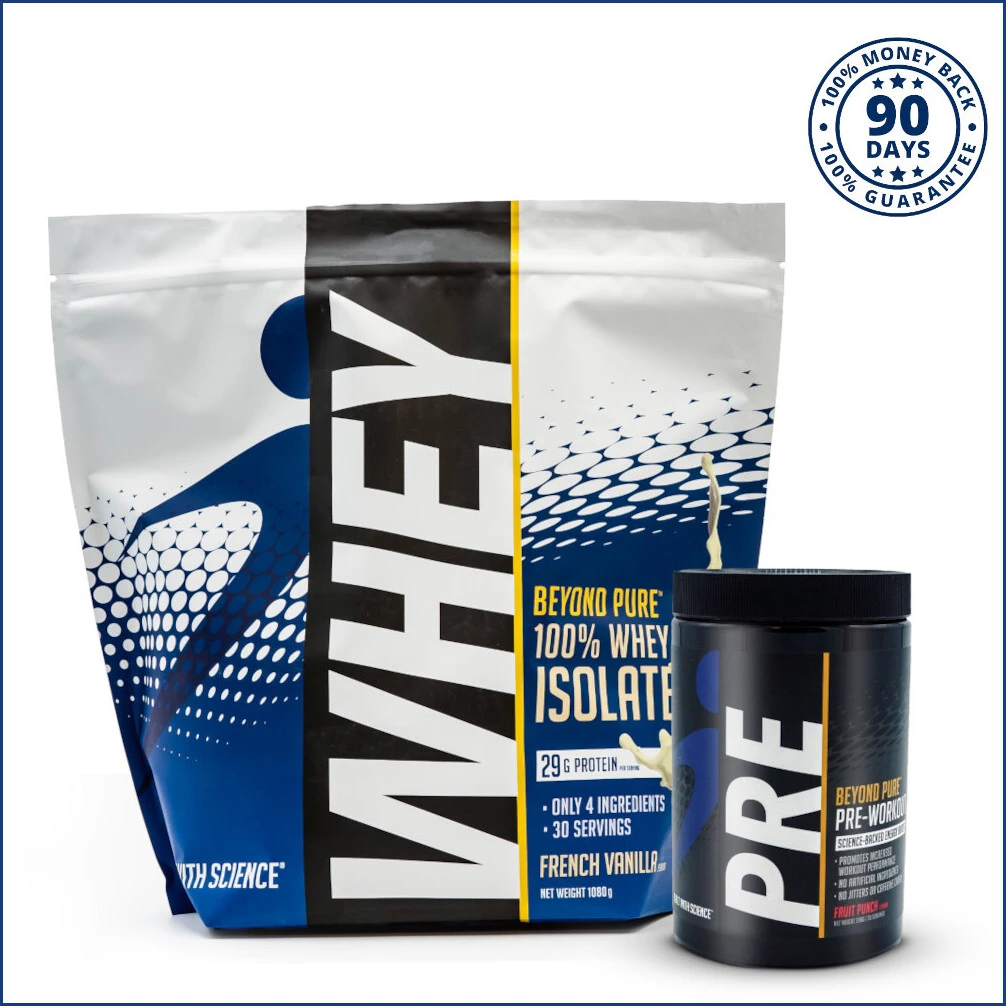


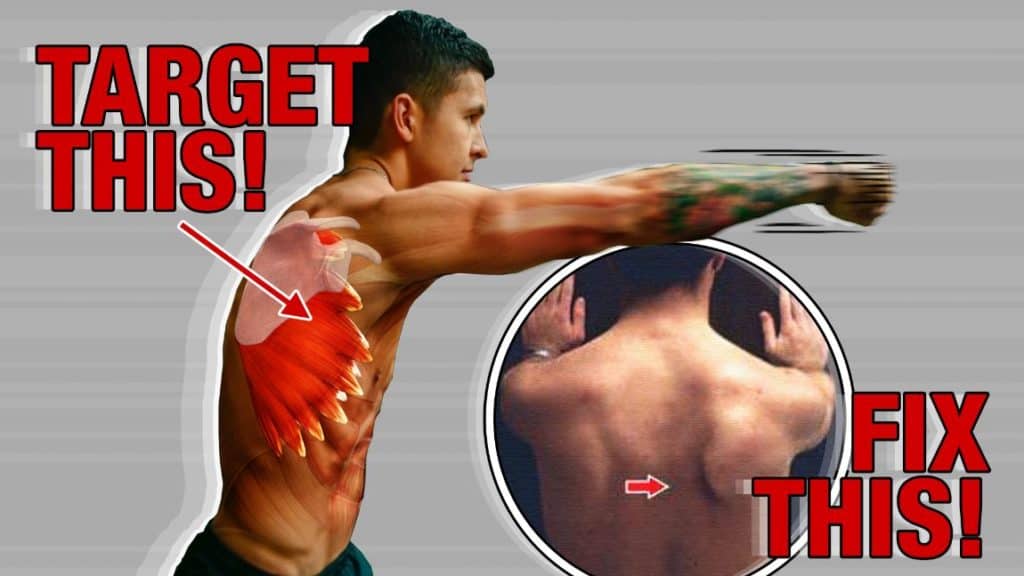
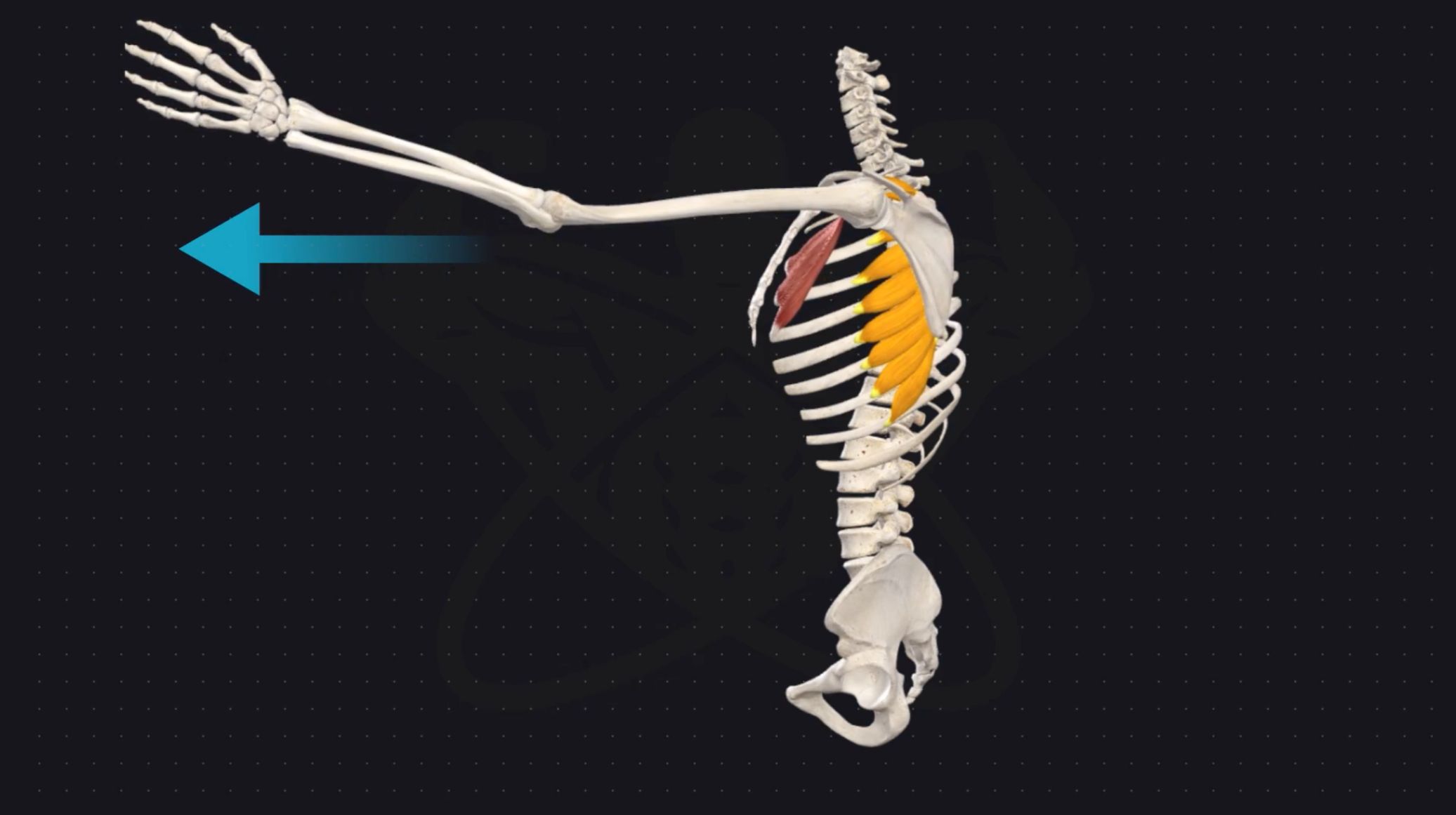 But it also assists in rotating the scapula upwards when you move your arms overhead, for example. Now, the serratus anterior muscle plays a role in improving the aesthetics of your core. As you can see below, it helps complete the look of a shredded, well-developed midsection.
But it also assists in rotating the scapula upwards when you move your arms overhead, for example. Now, the serratus anterior muscle plays a role in improving the aesthetics of your core. As you can see below, it helps complete the look of a shredded, well-developed midsection. But perhaps, more importantly, are the various movement functions that it's responsible for. Since this muscle actually attaches to the shoulder blade, it plays a critical role in stabilizing and facilitating the proper movement of our scapula. So, anytime we raise our arms up, for example. Whether you’re performing a pressing movement in the gym or just simply reaching to grab something overhead.
But perhaps, more importantly, are the various movement functions that it's responsible for. Since this muscle actually attaches to the shoulder blade, it plays a critical role in stabilizing and facilitating the proper movement of our scapula. So, anytime we raise our arms up, for example. Whether you’re performing a pressing movement in the gym or just simply reaching to grab something overhead.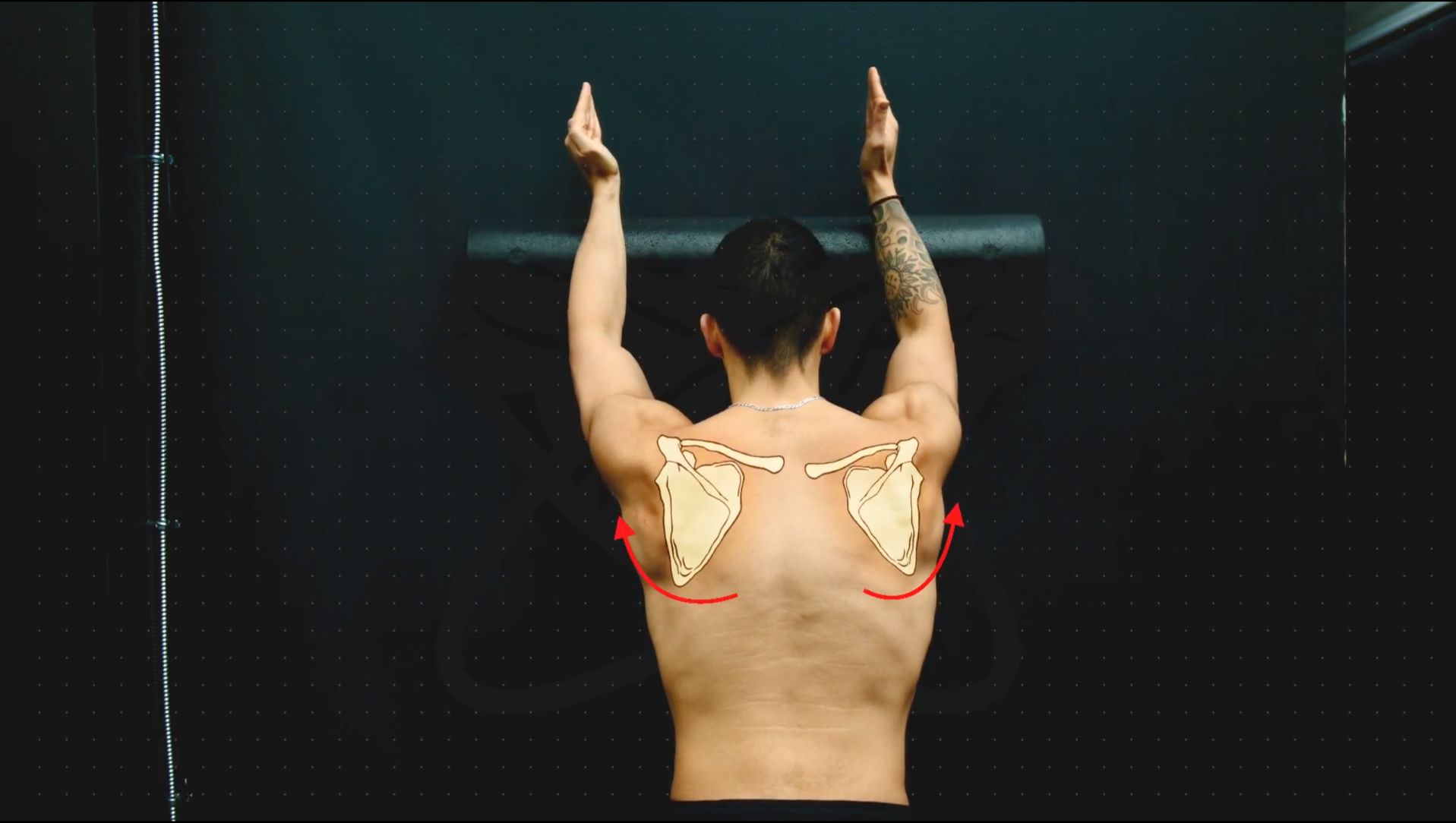
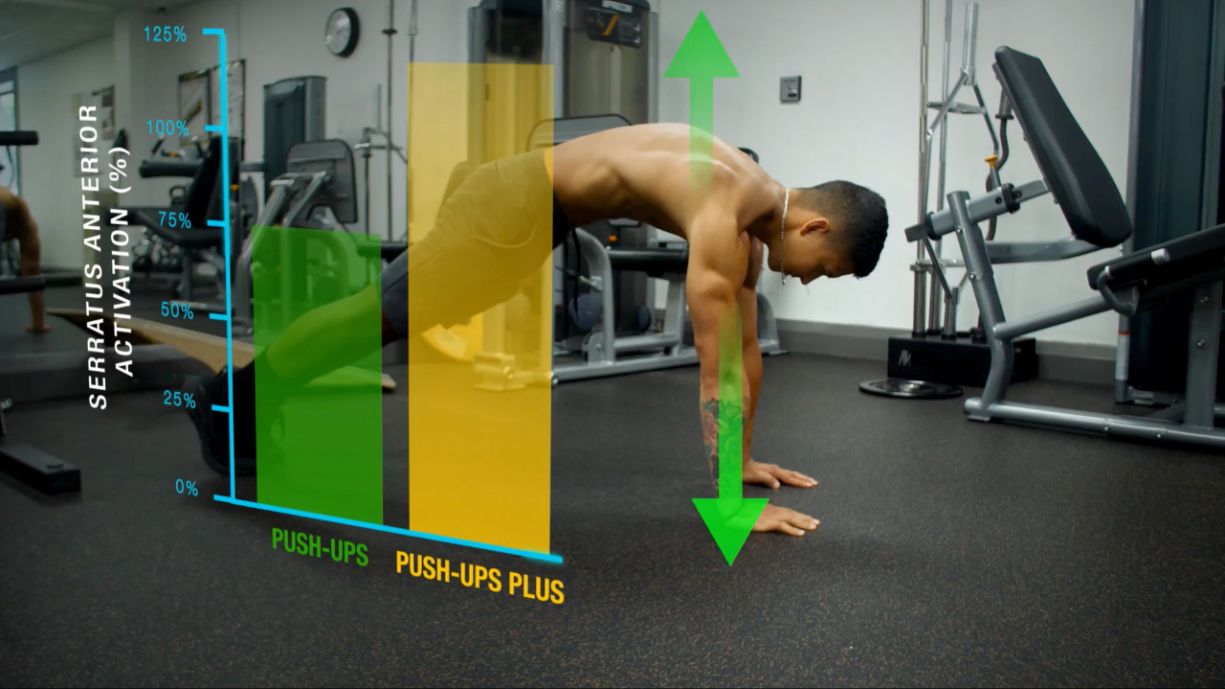 Not only that, though. Research has also indicated that of all the serratus anterior exercises, the push-up plus elicits the lowest upper trap to the serratus anterior activation ratio.
Not only that, though. Research has also indicated that of all the serratus anterior exercises, the push-up plus elicits the lowest upper trap to the serratus anterior activation ratio.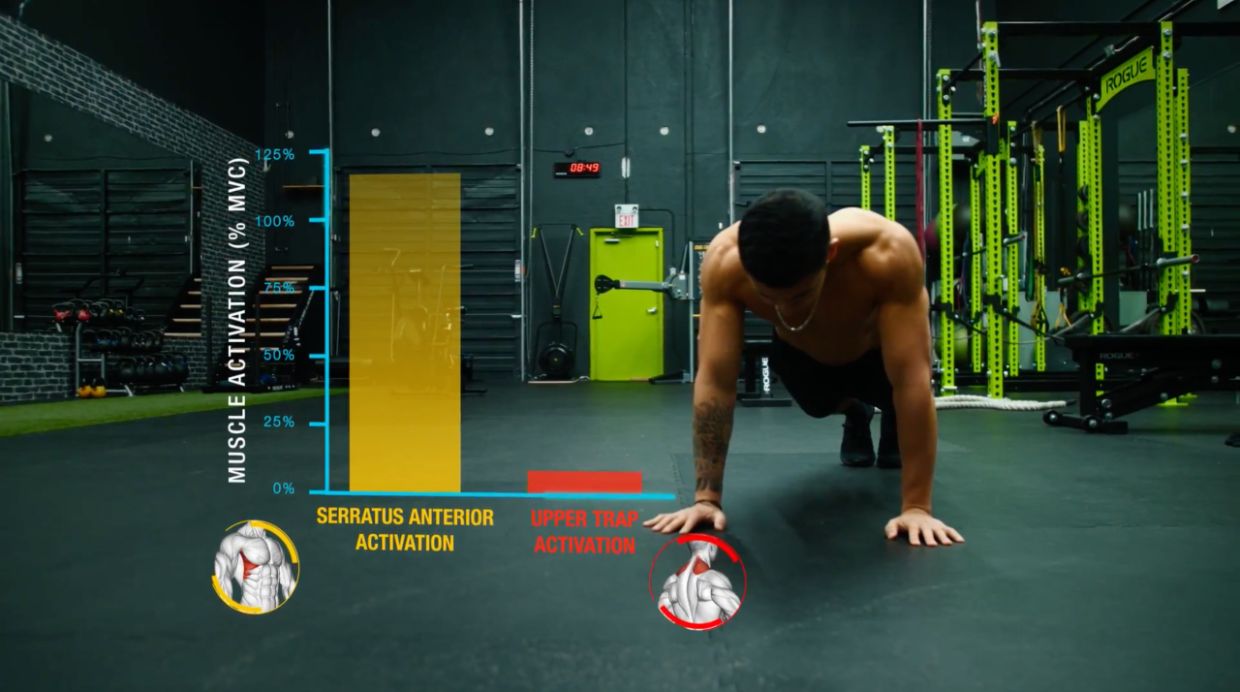
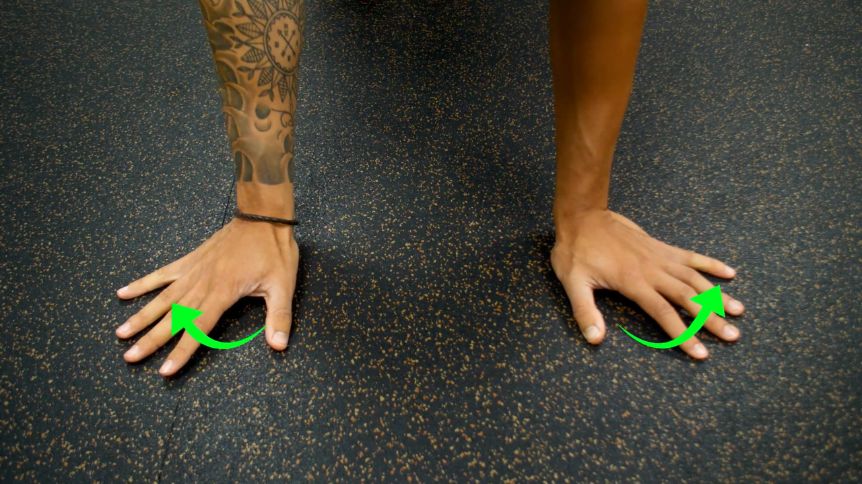 That's because as two EMG analyses (
That's because as two EMG analyses (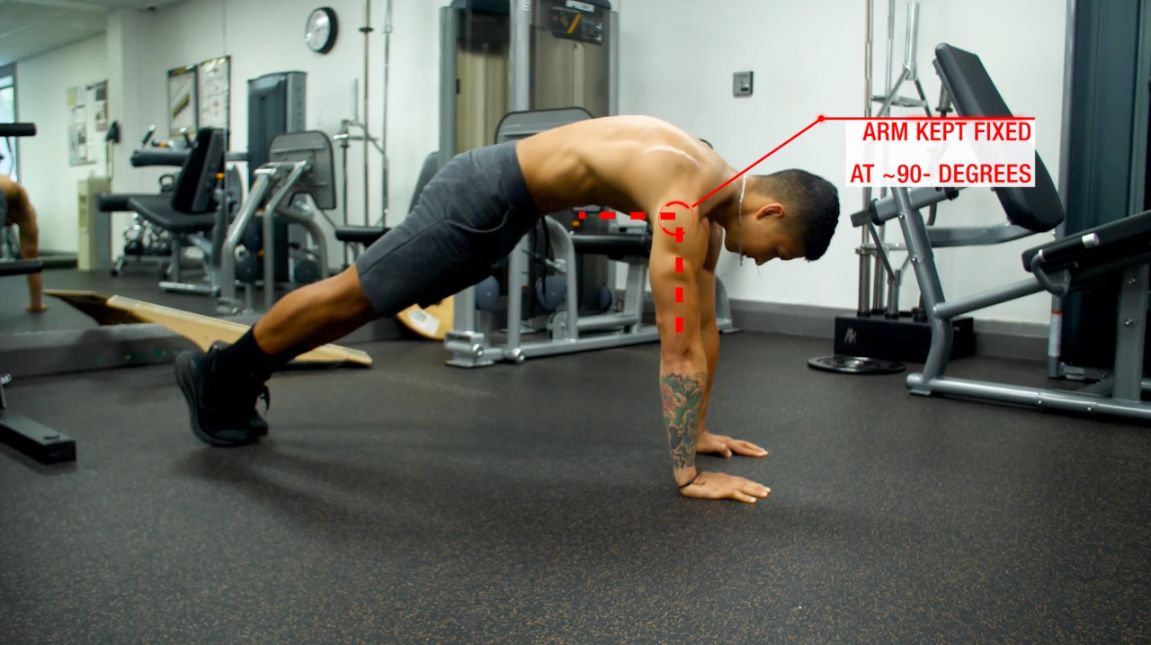 Because
Because 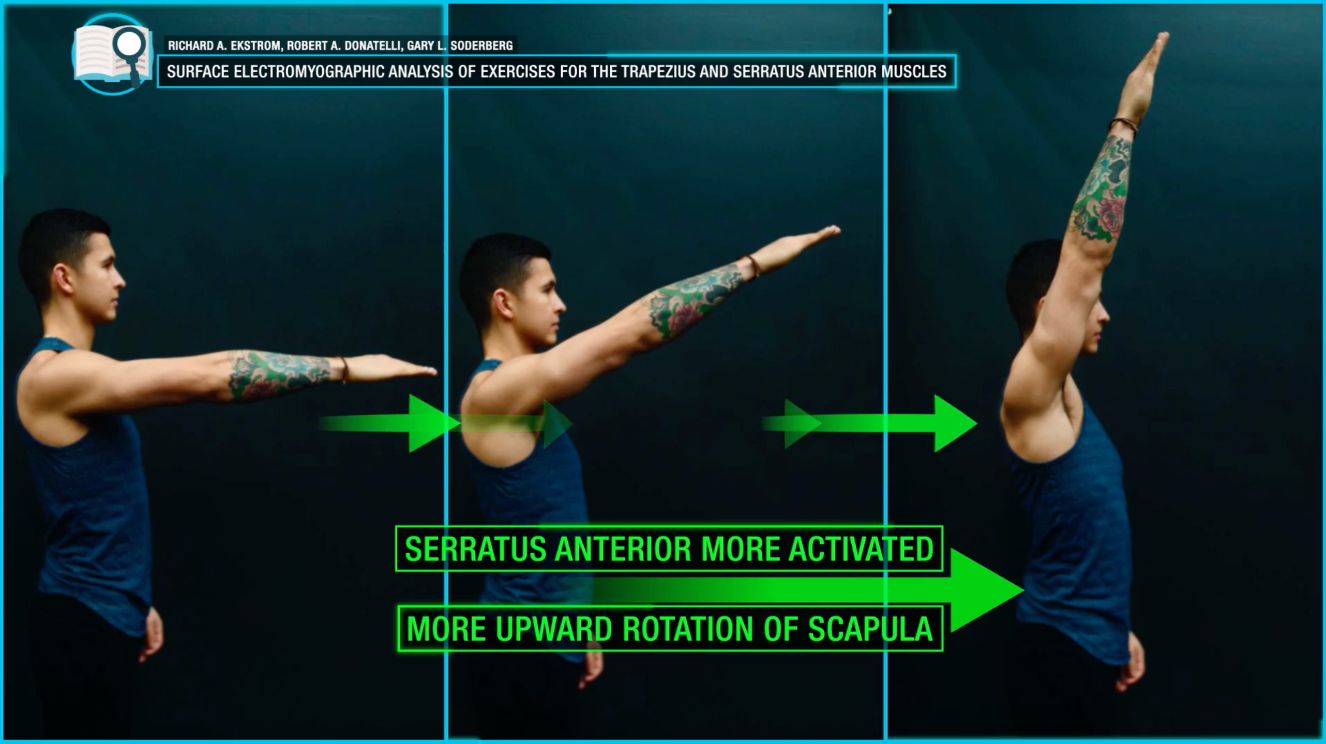
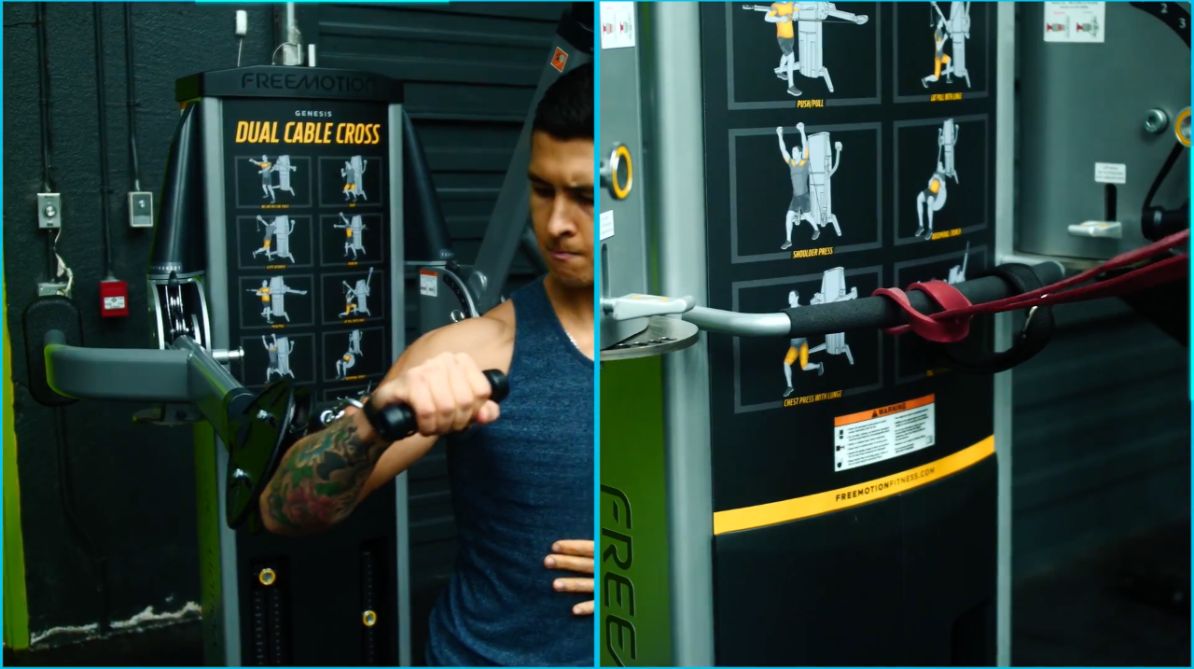
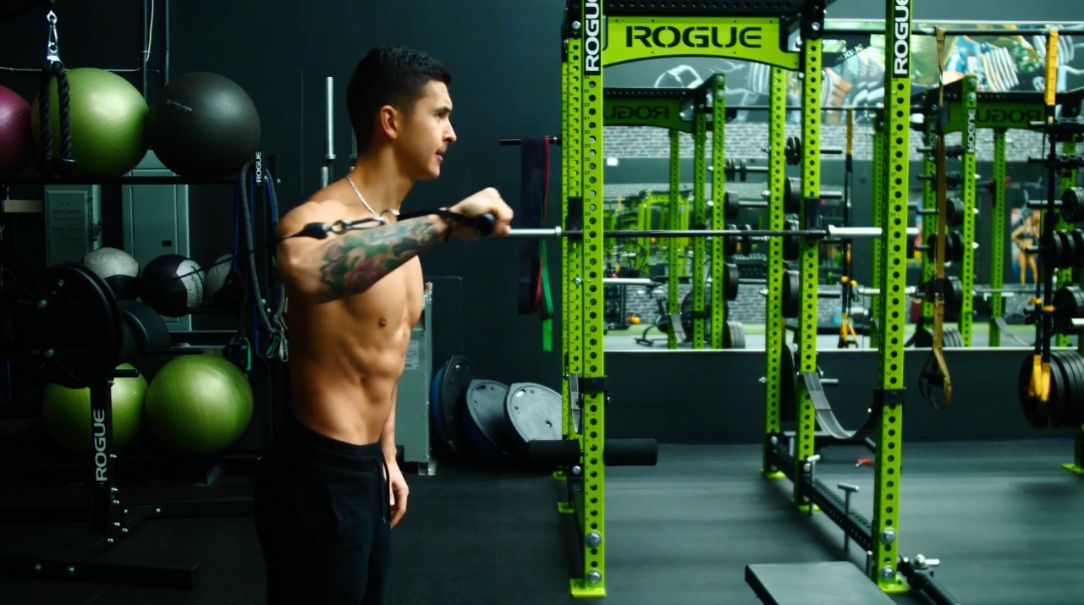 And all you’re going to do now is perform an upward punching motion. This motion can then be broken down into 2 distinct phases.
And all you’re going to do now is perform an upward punching motion. This motion can then be broken down into 2 distinct phases.